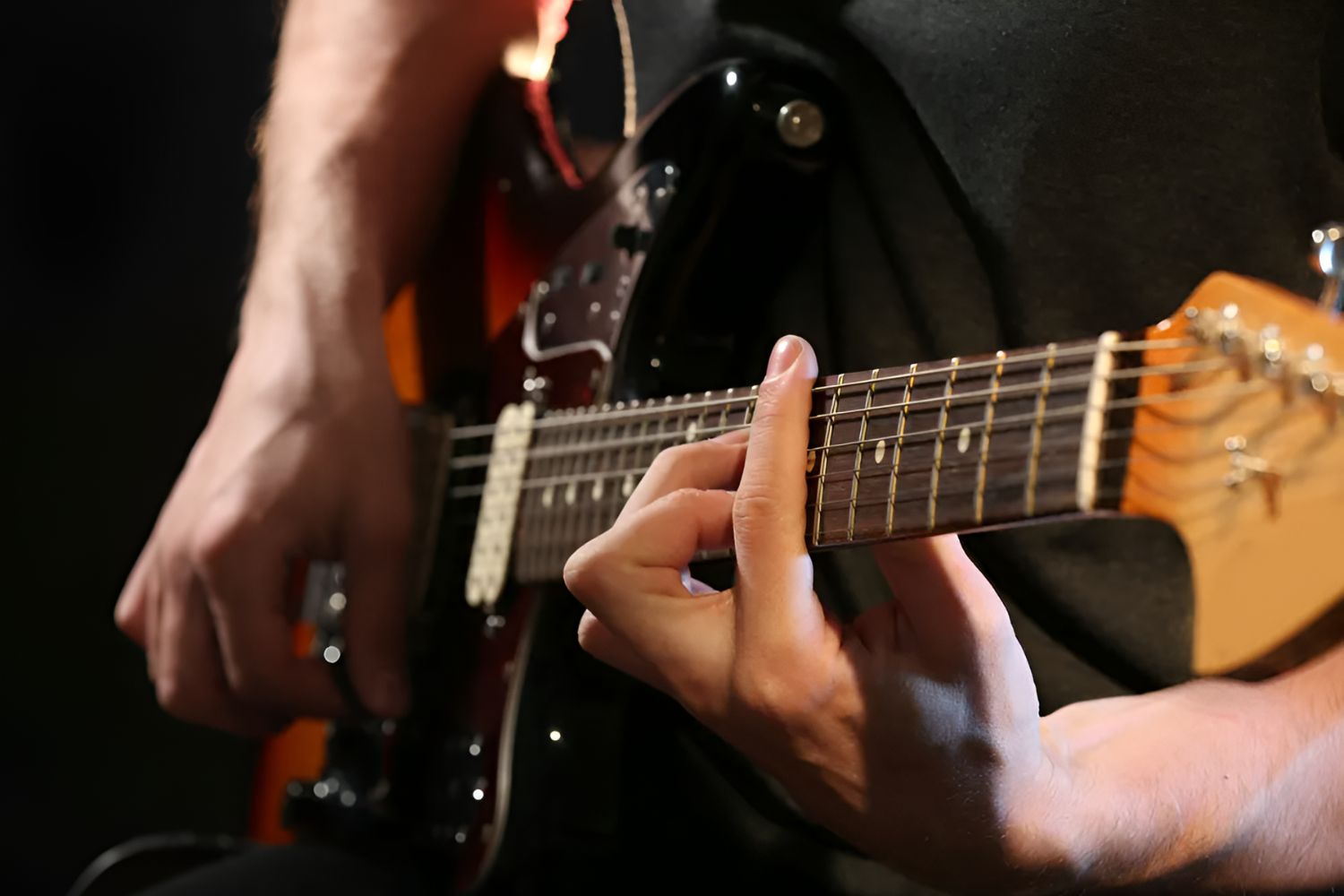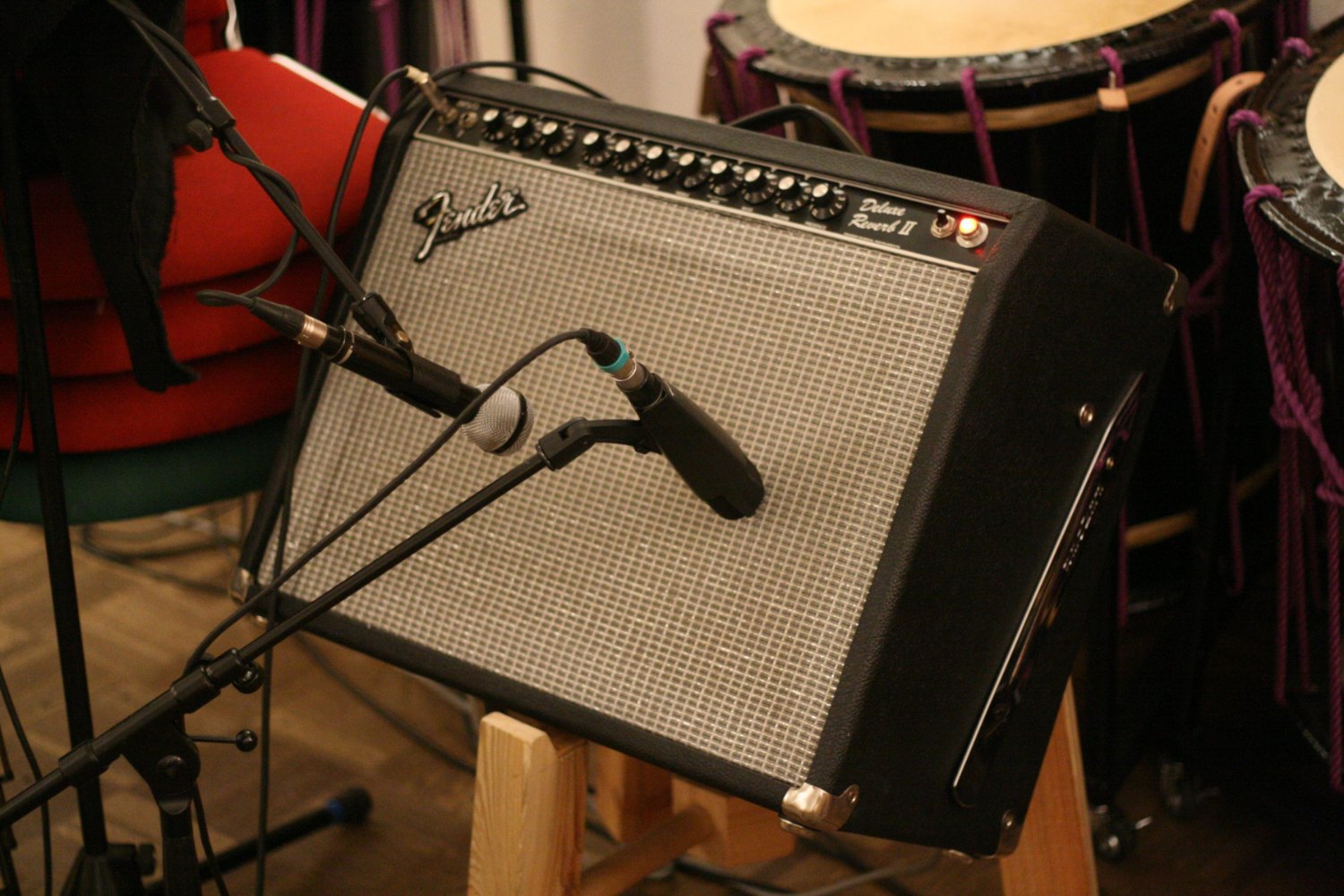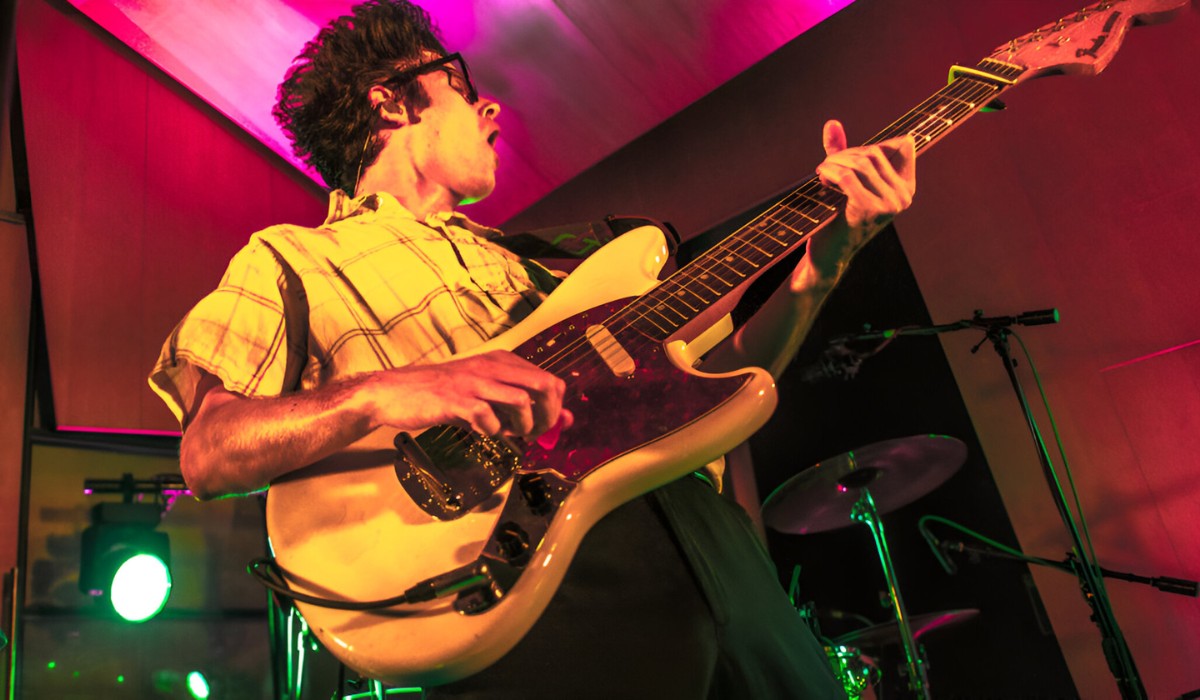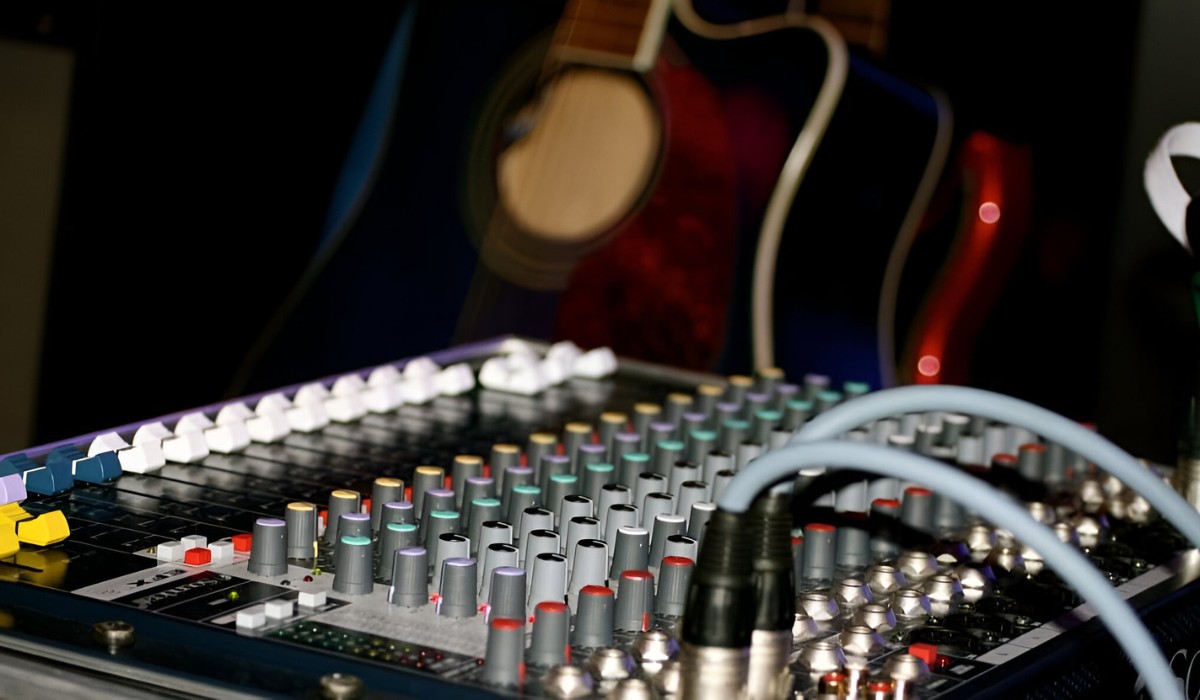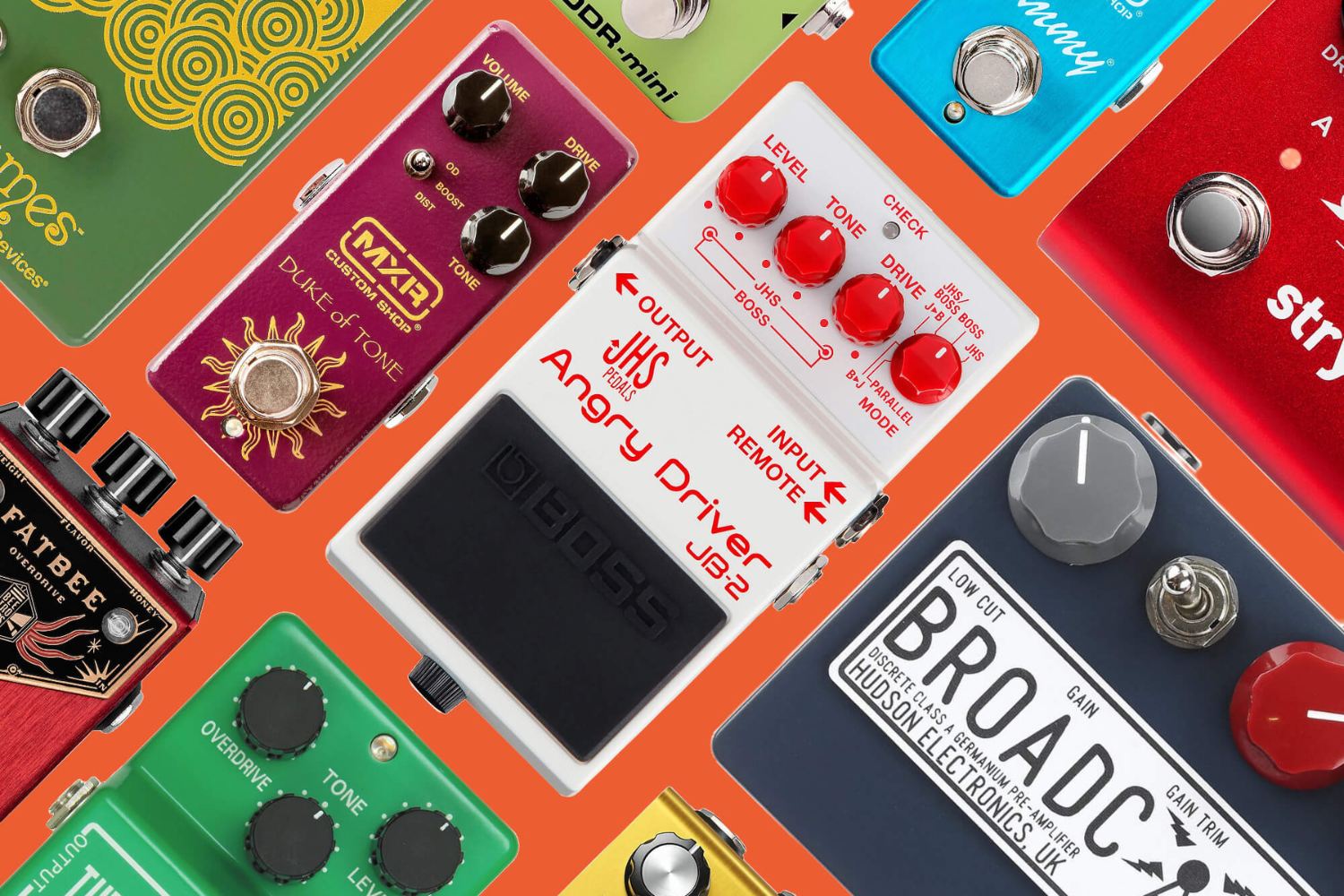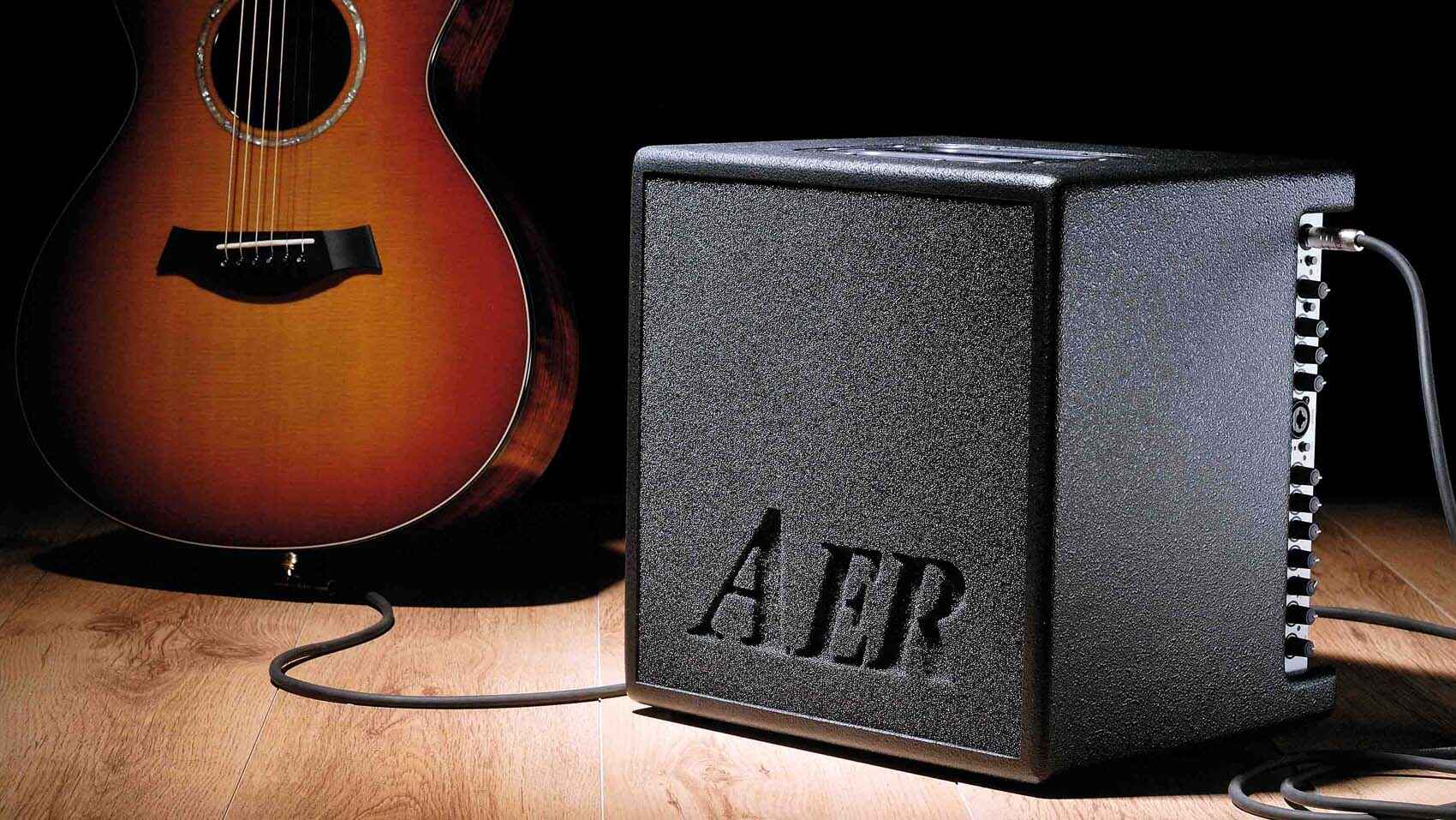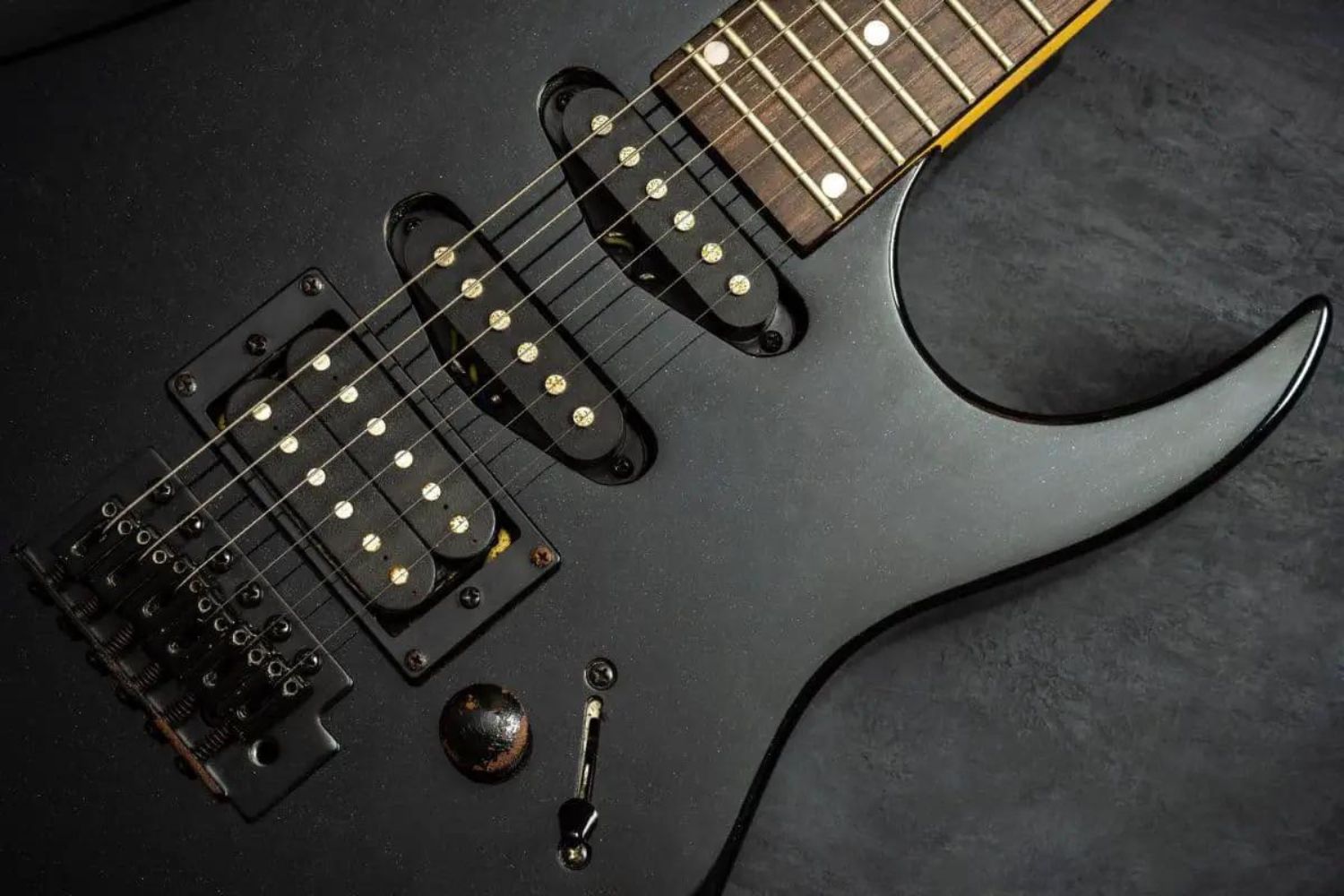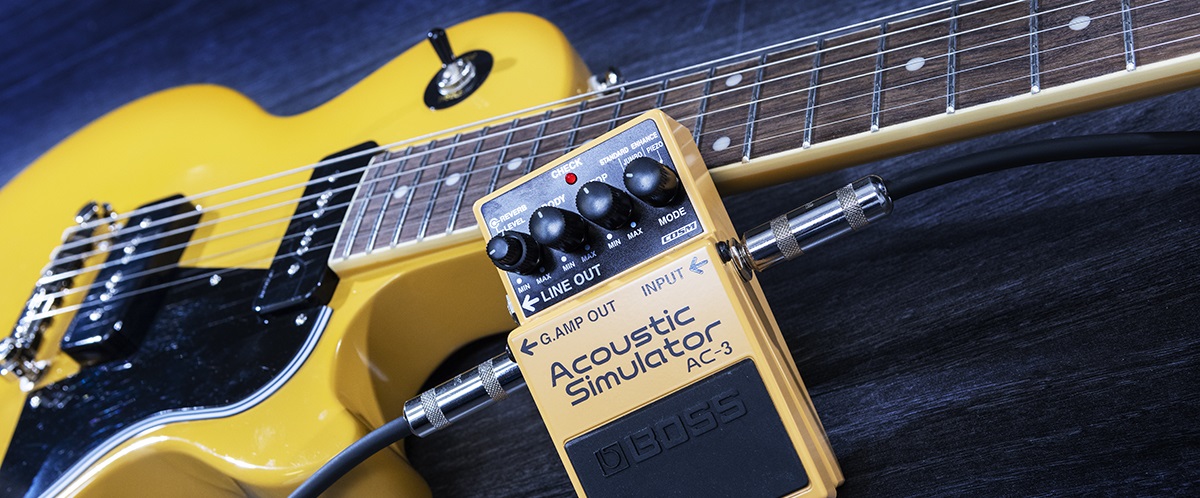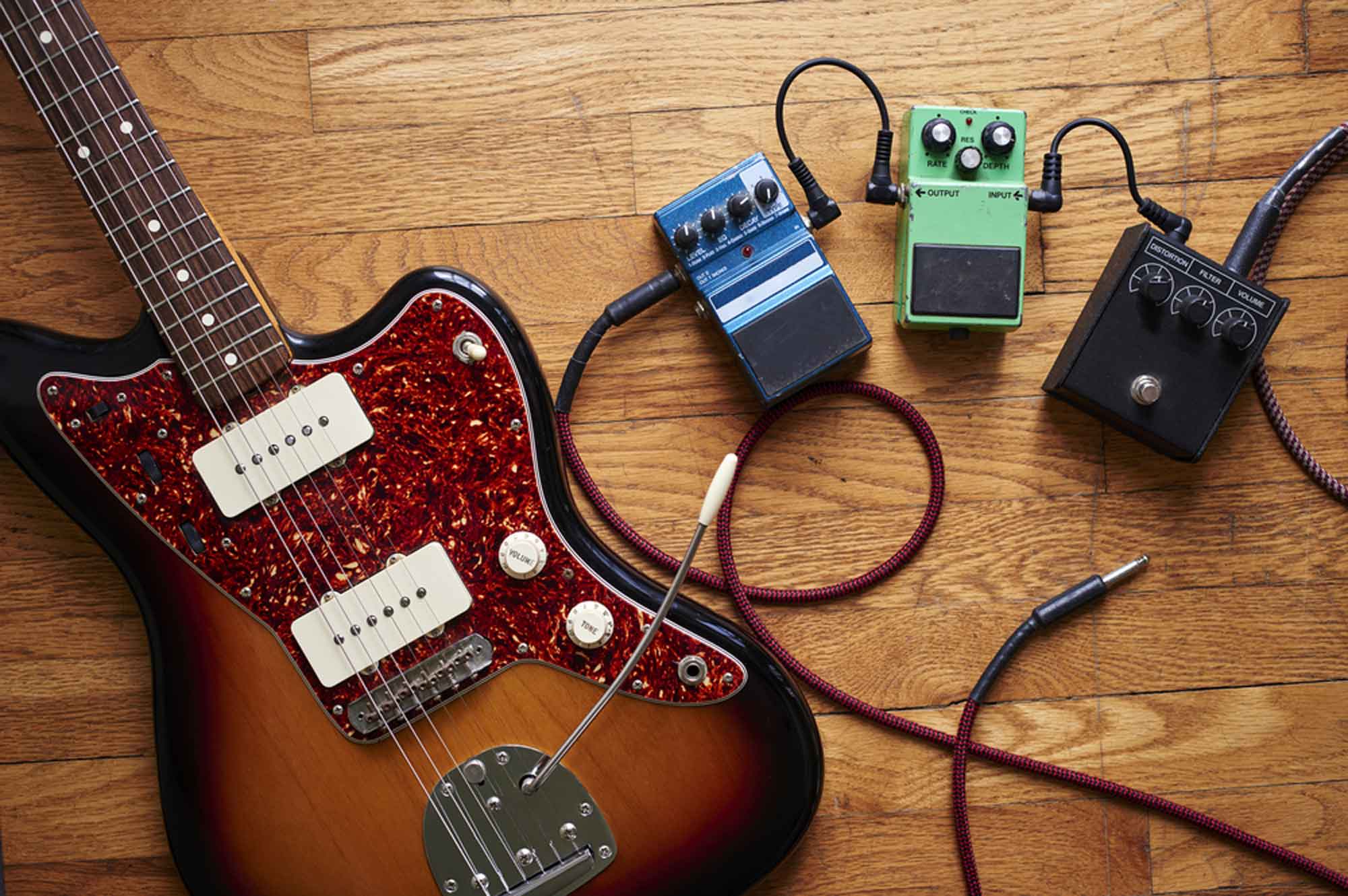Introduction
So, you've got yourself an electric guitar and you're ready to rock out, but something's not quite right with the sound. Maybe it's a bit muddy, or perhaps the highs are too piercing. This is where EQ, or equalization, comes into play.
In this guide, we'll walk you through the process of EQing your electric guitar to achieve the perfect tone. Whether you're a seasoned musician or just starting out, understanding how to use EQ effectively can make a world of difference in your sound.
EQ is a powerful tool that allows you to shape the frequency response of your guitar signal, helping you cut through the mix, remove unwanted frequencies, and enhance the overall sonic characteristics of your instrument. By manipulating the bass, midrange, and treble frequencies, you can tailor your guitar's sound to fit any musical style or venue.
In the following sections, we'll delve into the fundamentals of EQ, provide practical tips for setting up your EQ pedal, and explore various techniques to optimize your guitar's tonal quality. By the end of this guide, you'll have a solid understanding of how to harness the power of EQ to unlock the full potential of your electric guitar. So, grab your guitar, plug in your EQ pedal, and let's dive into the world of equalization!
Understanding EQ
Before diving into the practical aspects of EQing your electric guitar, it’s essential to grasp the fundamental concepts of equalization. EQ is essentially a tool used to adjust the balance of frequencies within the audio spectrum, allowing you to tailor the tonal characteristics of your guitar’s sound.
The frequency spectrum is divided into three primary bands: bass, midrange, and treble. Each of these bands represents a range of frequencies that contribute to the overall sonic profile of your guitar. By manipulating these bands, you can emphasize or attenuate specific frequency ranges to achieve the desired tonal balance.
When discussing EQ, it’s crucial to understand the concept of frequency bands. The bass band typically encompasses frequencies below 250 Hz, responsible for the low-end warmth and punch of your guitar. The midrange band, covering frequencies between 250 Hz and 4 kHz, influences the core body and presence of the sound. Lastly, the treble band, spanning frequencies above 4 kHz, contributes to the shimmering highs and articulation of your guitar tone.
Furthermore, it’s important to recognize the different types of EQ filters commonly found in guitar pedals and amplifiers. Parametric EQs offer precise control over individual frequency bands, allowing you to adjust the center frequency, bandwidth, and amplitude. Graphic EQs, on the other hand, feature fixed frequency bands with adjustable gain, enabling broader strokes of tonal shaping.
Understanding the role of EQ in shaping your guitar’s sound is essential for achieving a balanced and articulate tone. By gaining proficiency in manipulating the frequency spectrum, you’ll be equipped to sculpt your guitar’s sonic identity with precision and finesse.
Setting up Your EQ Pedal
Now that you have a foundational understanding of EQ, it’s time to explore the practical application of EQ in the context of an electric guitar setup. An EQ pedal serves as a versatile tool for shaping your guitar’s tone, allowing you to fine-tune the frequency response and compensate for sonic deficiencies in your signal chain.
When integrating an EQ pedal into your rig, it’s crucial to position it strategically within your signal path. Placing the EQ pedal after your overdrive/distortion effects enables you to sculpt the tonal characteristics of the driven signal, providing greater flexibility and control over the final output. By adjusting the EQ settings post-distortion, you can tailor the harmonic content and overall timbre of your guitar’s saturated sound.
Before delving into specific EQ settings, it’s essential to approach the setup process with a clear objective in mind. Whether you’re aiming to boost the midrange for added presence in a band mix or tame excessive highs for a smoother tone, having a defined sonic goal will guide your EQ adjustments effectively.
When dialing in the EQ pedal, start with modest adjustments to avoid drastic tonal shifts that may compromise the natural character of your guitar. Experiment with subtle boosts or cuts in the bass, midrange, and treble frequencies to discern their impact on the overall sound. It’s important to listen attentively and make incremental changes, allowing your ears to guide the tonal sculpting process.
Furthermore, consider the interplay between your guitar’s inherent tonal qualities and the EQ adjustments. Different guitar models and pickups exhibit unique frequency responses, influencing how they interact with EQ settings. Understanding these interactions empowers you to optimize the tonal characteristics of your specific instrument effectively.
As you familiarize yourself with your EQ pedal’s capabilities, don’t hesitate to experiment with unconventional settings and creative tonal shaping. EQ can be a transformative tool for unlocking new sonic possibilities, so embrace the opportunity to push the boundaries of traditional tonal conventions.
EQ Tips and Techniques
Mastering the art of equalization involves honing your skills and developing a keen ear for sonic nuances. Here are some valuable tips and techniques to elevate your EQ prowess and enhance the tonal quality of your electric guitar:
- Subtractive EQ: When addressing tonal imbalances, consider employing subtractive EQ techniques by cutting problematic frequencies rather than indiscriminately boosting others. This approach can mitigate muddiness and harshness while preserving the natural character of your guitar’s sound.
- Frequency Sweeping: Utilize the frequency sweep feature of your EQ pedal to pinpoint problematic or desirable frequencies. By sweeping through the spectrum and identifying tonal anomalies, you can precisely target specific frequency ranges for adjustment.
- Contextual EQ: Tailor your EQ settings to suit the musical context in which you’re performing. For instance, if you’re playing in a dense mix with multiple instruments, consider carving out space for your guitar by accentuating its midrange presence while attenuating frequencies that compete with other instruments.
- Feedback Control: EQ can be instrumental in managing feedback issues during live performances. By identifying and notching out feedback-prone frequencies, you can mitigate the risk of unwanted squeals and maintain a controlled sonic environment.
- Layered EQ: Experiment with layering EQ adjustments at different stages of your signal chain. Combining subtle EQ tweaks at the pedal, amplifier, and mixing console levels can yield a harmoniously sculpted guitar tone with depth and clarity.
- Room Acoustics: Factor in the acoustic characteristics of your performance environment when applying EQ. Adjusting your EQ settings to compensate for room resonances and reflections can optimize your guitar’s sonic projection and ensure a balanced sound for both live and studio settings.
- Dynamic EQ: Explore the dynamic EQ capabilities of certain pedals to dynamically adjust frequency responses based on your playing dynamics. Dynamic EQ can adapt to your performance nuances, providing a responsive and expressive tonal palette.
By integrating these tips and techniques into your EQ workflow, you’ll refine your ability to sculpt captivating guitar tones that resonate with clarity, depth, and musicality. Embrace the creative potential of EQ as you embark on a sonic exploration, and let your guitar’s voice shine through with precision and artistry.
Conclusion
As you embark on your journey to master the art of EQing your electric guitar, remember that the process is as much about developing a discerning ear as it is about technical know-how. Understanding the intricacies of frequency manipulation and honing your EQ skills can significantly elevate the sonic impact of your instrument.
Equipped with the knowledge of EQ fundamentals, the practical insights into setting up your EQ pedal, and a repertoire of tips and techniques, you’re primed to unlock the full potential of your electric guitar’s tonal palette. Embrace the creative possibilities that EQ affords, and approach tonal sculpting as a dynamic and expressive endeavor.
Whether you’re aiming to achieve a searing lead tone that cuts through the mix, a warm and resonant rhythm sound, or an ethereal ambient texture, EQ serves as your sonic ally in shaping the perfect guitar tone. As you experiment with different EQ settings and refine your approach, trust your ears to guide you toward a sound that resonates with your musical vision.
Ultimately, the art of EQing your electric guitar is a deeply personal and intuitive process. Embrace the journey of sonic exploration, celebrate the nuances of your instrument’s voice, and let your creativity flourish through the transformative power of equalization. With each adjustment and sonic discovery, you’re one step closer to crafting a guitar tone that captivates and inspires.







